should I mix in one 3000K with 6500Ks for these plants?
greentoe357
10 years ago
Related Stories
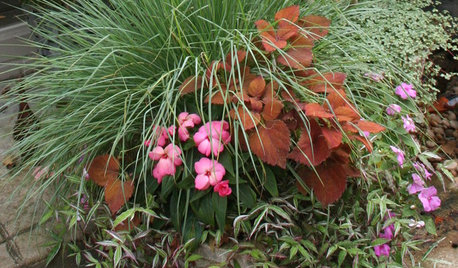
CONTAINER GARDENSContainer Garden Basics: Mix Textures to Catch the Eye
A mix of textures makes for potted gardens where each plant has a special role to play
Full Story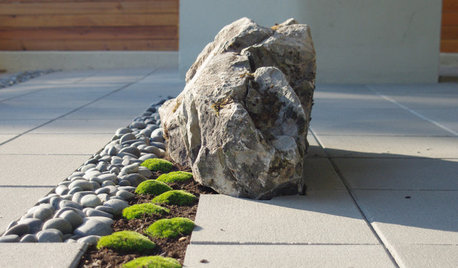
LANDSCAPE DESIGNDare to Mix Things Up in the Landscape
Courageously contrast plantings, materials and structures in your garden to create unexpected beauty and intrigue
Full Story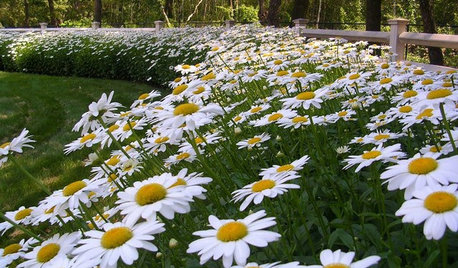
GARDENING GUIDESMix or Mass Daisies for Two Great Garden Looks
The classic daisy looks equally beautiful massed in borders or mixed throughout a naturalistic planting. Which look suits your style?
Full Story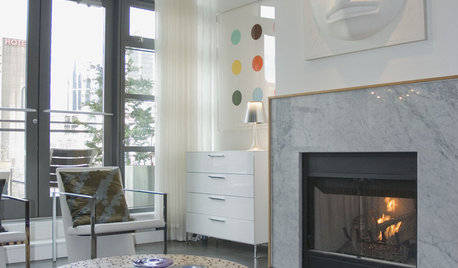
HOUZZ TOURSMy Houzz: Art Dealer's Modern-Native Mix in Canada
Traditional Northwest style meets a modern aesthetic in this comfortable, gallery-like home in downtown Vancouver
Full Story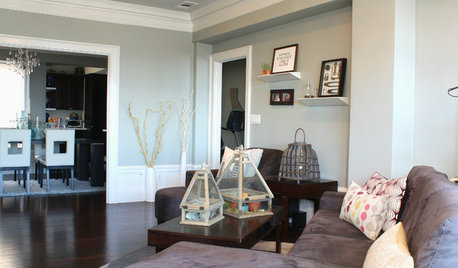
APARTMENTSMy Houzz: High Style and Discount Finds Mix in a San Francisco Rental
With combined styles, an elegant palette and a stellar bay view, this hilltop apartment is a vision of loveliness
Full Story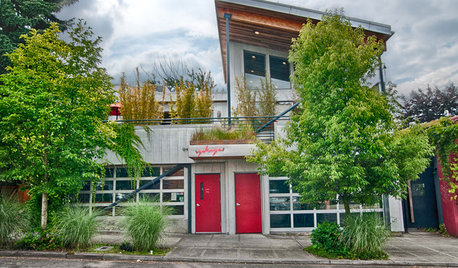
HOUZZ TOURSMy Houzz: Mixed-Use Oregon Home Serves and Charms
Home, restaurant, garden, rental cabin — and it gives back to the community too. This multitasking home is a wonder in more ways than one
Full Story
GARDENING GUIDESVegetables and Flowers Mix in Beautiful Edible Gardens
Ornamentals, meet your edible garden mates. We know you'll get along just beautifully
Full Story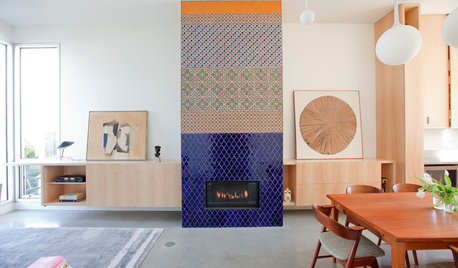
HOUZZ TOURSHouzz Tour: Innovative Home Reunites Generations Under One Roof
Parents build a bright and sunny modern house where they can age in place alongside their 3 grown children and significant others
Full Story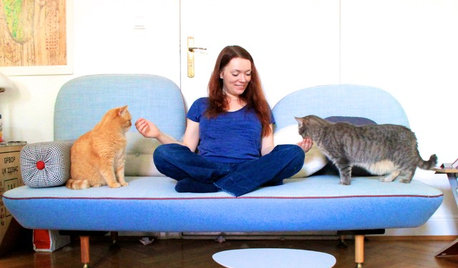
PETSWorld of Design: Pampered Pets and Their 10 One-of-a-Kind Homes
Fall in love with these critters and their clever living spaces, from a cat playground in France to a chicken house in the U.S.
Full Story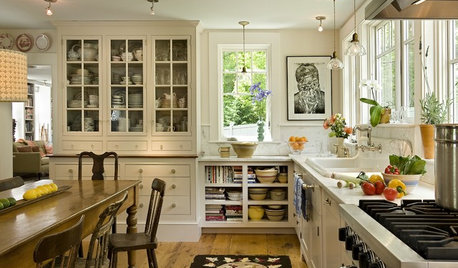
KITCHEN DESIGN12 Great Kitchen Styles — Which One’s for You?
Sometimes you can be surprised by the kitchen style that really calls to you. The proof is in the pictures
Full StoryMore Discussions






slimak
2h1o
Related Professionals
Mooresville Landscape Contractors · Wakefield Landscape Contractors · Broomfield Landscape Contractors · Cambridge Landscape Contractors · Eustis Landscape Contractors · Fort Wayne Landscape Contractors · Madera Landscape Contractors · Shoreview Landscape Contractors · View Park-Windsor Hills Landscape Contractors · Columbia Fence Contractors · Greenville Roofing & Gutters · Kissimmee Roofing & Gutters · Hillcrest Heights Roofing & Gutters · Summit Roofing & Gutters · Wheaton Roofing & Guttersslimak
2h1o
slimak
greentoe357Original Author
2h1o
greentoe357Original Author
2h1o
greentoe357Original Author
slimak
overdrive
greentoe357Original Author
slimak